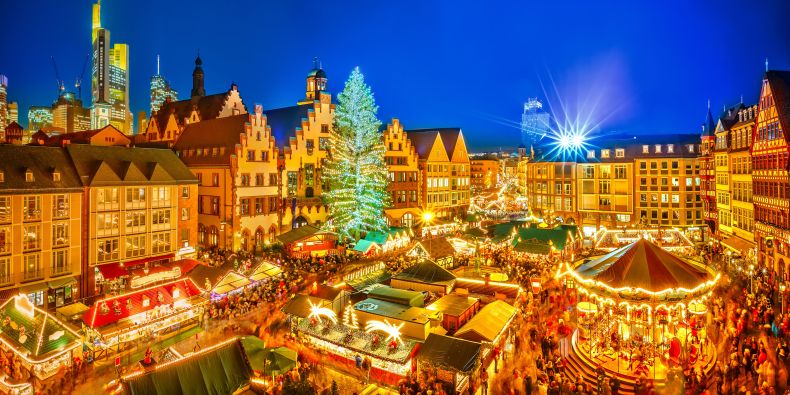I have lately been increasingly surprised by the sudden of appearance of a host of fighters for the preservation of Christian traditions in our society, which used to pride itself on the fact that it was the most secular, and quite likely also the most atheistic, society in Europe today.
While I understand the reasons that stir them to fight for the return and purification of the “original” Christmas traditions, I am continually surprised by the ease with which many of them call for the restoration of the “one and only” tradition, even thought it is a tradition that they usually know nothing about.
For several years now, these voices have become stronger before Christmas, and the modern fighters for purity of traditions are trying to spread fear by saying that “evil people” (liberals, multiculturalists, Muslims, and who knows who else) are going to steal the most important Christian holidays by, for example, forbidding Christmas trees in town squares.
Leaving aside the fact that these are hoaxes, let’s think about what Christmas says about our culture.
First of all, Christmas – contrary to popular belief, one very common in the Czech Republic – is not the most important Christian holiday. The most important Christian holiday has always been and will always be Easter. The Christmas events (the nativity of Jesus) are actually quite marginal in the New Testament and are only mentioned in two of the four gospels.
So it is no wonder that in the first centuries after Christ, there were no Christmas celebrations. The holiday to commemorate the Nativity of the Saviour only began to be celebrated by Christians at the beginning of the 4th century, and it soon became a melting pot of traditions and customs from different cultures – which is a typical feature of Christmas to this day.
To give just a few examples: the day when Christmas is celebrated was probably taken over from the late Hellenistic period and its mysteries related to the cult of the sun; the Christmas tree (which, by the way, is a very recent tradition that only appears in Czech culture at the beginning of the 19th century) is actually a pagan symbol of the tree of plenty; and the advent wreath is a didactic tool that helps count the time to Christmas.
However, it is this cultural and religious “impurity” that makes Christmas the most typical European holiday – even if it is not the most important Christian holiday. It is a holiday that reminds us that Europe and European culture has developed and grown strong thanks to the various influences it has drawn on and, most importantly, thanks to the dialogue among different cultures, societies, and religions.
It is, therefore, not only the holiday of peace and rest, but also the holiday of mutual respect and understanding.
The Author is an Associate Professor at the Department for the Study of Religions, Faculty of Arts, Masaryk University.
